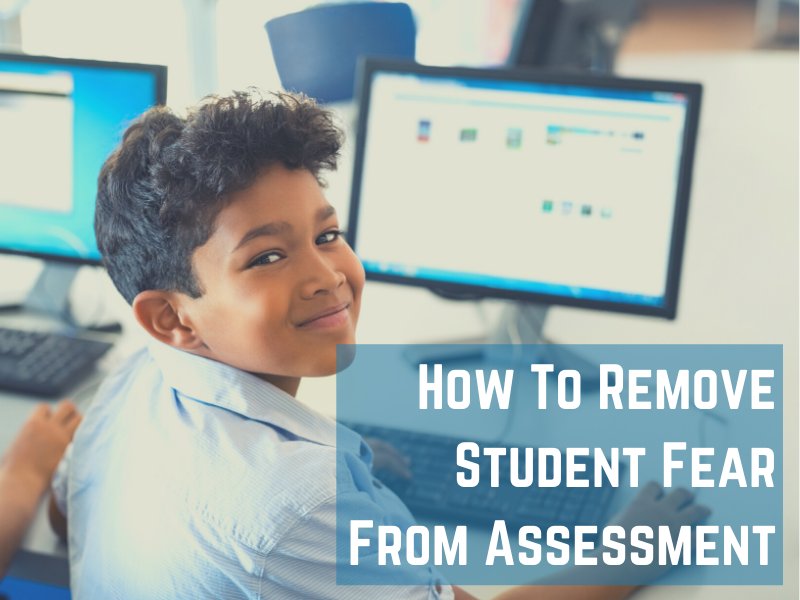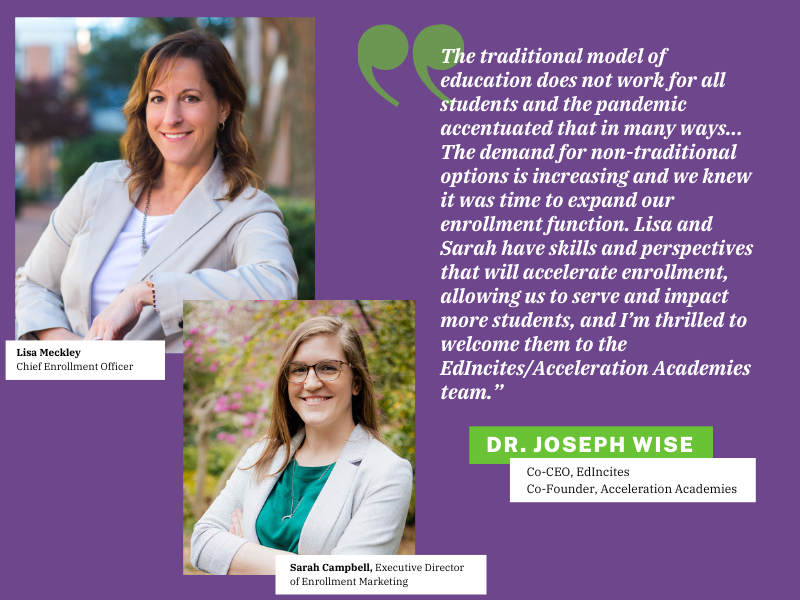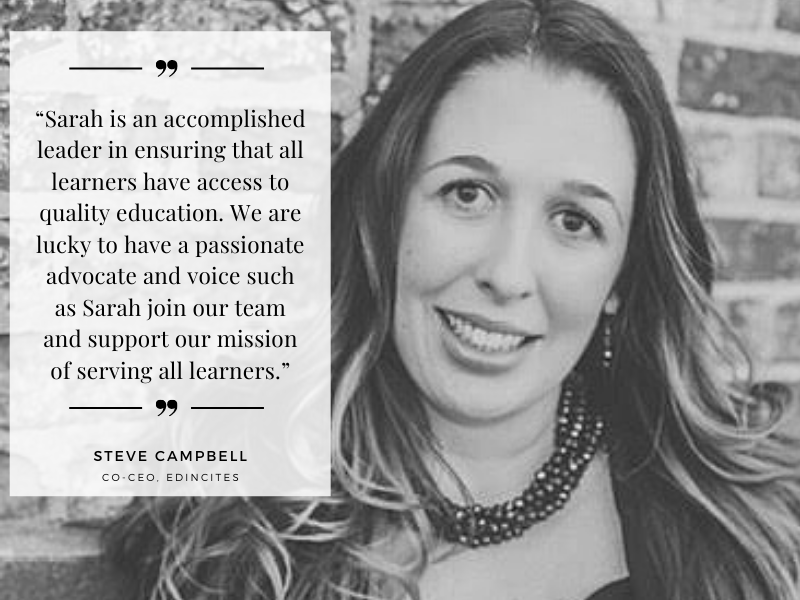This is a guest post by Candice Davies, First Grade Teacher at Shallowford Falls Elementary School in Marietta, Georgia

The year 2020 will go down in the books as a year that many of us dealt with a lot of fear; new fears that most people had never faced in their lifetime. Fear is a feeling that can be triggered by both real or perceived dangers. However, the opposite of fear is calmness and confidence. What a joy it would be to go through life filled with calmness and devoid of fear. This may seem far-reaching to the layman but creating this sort of environment is the goal of many classroom teachers.
Enter assessment. The word assessment comes from the Latin assidere, which means “to sit beside.” Yes, teachers assess their students often to evaluate their progress, however, I don’t know many who “sit beside” their students when assessing them. Instead, while not adhering to the Latin translation of assessment but the common usage of gathering information on a student, teachers assess their understanding and application of a skill.
In recent years, frequent assessments have become general practice. From weekly math tests and benchmark exams to state-wide high stakes testing, students are not feeling calm or confident but rather fearful and anxious. We know assessment fear can have negative effects on a student’s performance and make it challenging for students to show their true ability. So, how can we, as educators, divert these feelings of fear that many students face?
Semantics
You say tomato – I say tomahto. For my younger students, I replace the word “assessment” with “show me what you know”. Students as young as first grade have already developed feelings of fear or angst when they hear the word “test”. Therefore, I remove that fear by allowing them to feel in control. “Show me what you know” can take on many forms such as a ticket out the door, a quick quiz using a device, or a traditional paper-pencil assessment. Remove the fear by making students feel comfortable with sharing their knowledge in various ways.
Allow for second chances
Create an environment where students feel safe to make mistakes. Most adults don’t master new skills the first go-round, yet we expect that of our students. The added pressure students can feel when we mention the bearing a score will have on their overall grade or report card can cause undue stress and fear for many. Foster a safe, calm, and inclusive space where students feel confident in asking questions and saying, “I don’t get it”. Then, try to teach it a different way. Students have various learning styles and providing instruction and assessment that addresses their varied styles is important.
Also, allow for second chances. Using assessment data, quickly respond and readjust instruction. Provide students with opportunities to continue learning a skill until they truly grasp the material. Allow for time to reteach a concept to students who need it, then reassess. The goal isn’t just the grade but that they ultimately understand and can apply the content. This can be achieved through small group instruction and/or providing students with asynchronous tools (teacher videos, hands-on instruction, or online practice). Instruction and assessment variety tells a story and provides us with a greater picture of our students.
Inclusivity
This school year has proven challenging for many teachers trying to foster an inclusive atmosphere for all students. For teachers all around the country, many are teaching in a virtual or hybrid model. It can be difficult to build a community with both virtual and face-to-face students. There can be a feeling of isolation for virtual students versus the F2F students. Virtual students have a myriad of fears regarding assessments as many are taken without a teacher present. Just as in the classroom, assessments being administered virtually need to be valid and reliable and not just a box checker. They must provide useful information. Using an effective Learning Management System or digital tools such as Seesaw allows for students to complete assessments from their virtual environments asynchronously. Teachers can quickly view the assessment and provide feedback via voice, video, or written commentary.
Teachers can provide small group or one-on-one support to virtual students as schedules allow to help them to connect and feel a part of the class community. These opportunities will help reduce fear and worry in virtual students.
Practice Makes Almost Perfect
Allow students time to review or take a practice test. This helps both the teacher and student to feel prepared and know what content to expect on their assessment. Practicing with interactive games is always fun for students. While adhering to social distancing guidelines students can still play charades or a Jeopardy-style game with classmates. Be mindful that if your assessment includes short answers students need opportunities to practice responding to short answer questions. Have students work with a partner to score various short answer examples against a rubric and discuss their scoring
Celebrate success
I might not remember all that I learned in elementary school, but I remember winning Class Citizen of the Week several times. I also remember winning a $50 savings bond for a writing contest in fourth grade. Students remember celebrations and will remember being celebrated. If I want my students to be excited about learning, I need to inject moments of joy and celebration. Celebrating student success can take on many forms, from recognizing a particular student to celebrating reaching a class goal. Work with those students who have might have academic challenges – decide on a personal goal, help them reach it, then celebrate BIG. We all have students that struggle and a win for them might be getting one answer correct. They are so happy because you recognized them for that win! Be genuine and praise them often for their hard work and effort.
Assessment fear is real. I have experienced it myself recently as a graduate student, and I see it in my own children. While we want to express the importance of performing well in school, it is just as important that we convey the message that a particular assessment is just one piece of our student’s overall puzzle. A teacher’s tone and perception of assessments can shift a student’s perspective.
Students (K-12) and young adults will take many assessments throughout their educational careers. We can start in the elementary grades to model for them ways to recognize and cope with their fears by taking away the weight of testing and replacing it with acceptance and support.



